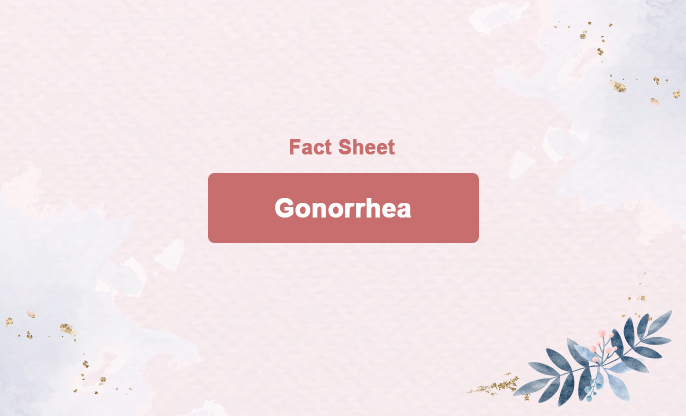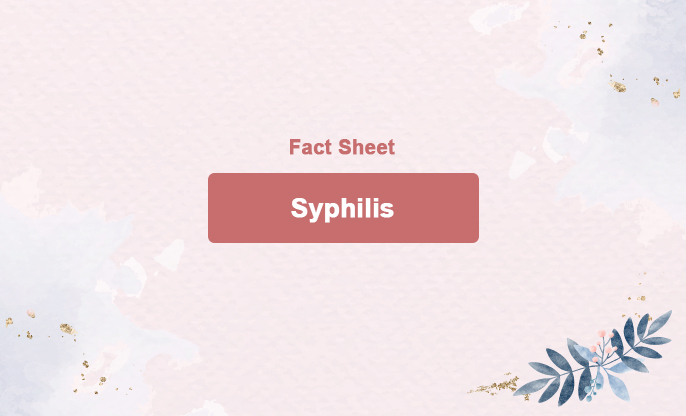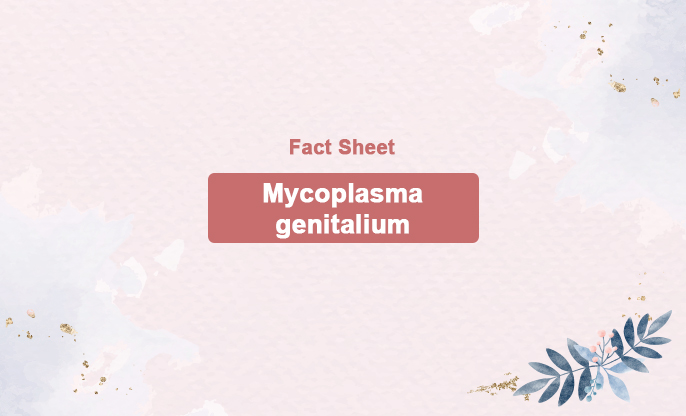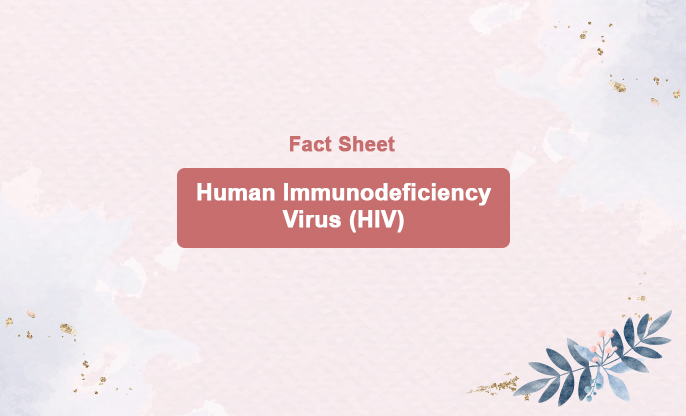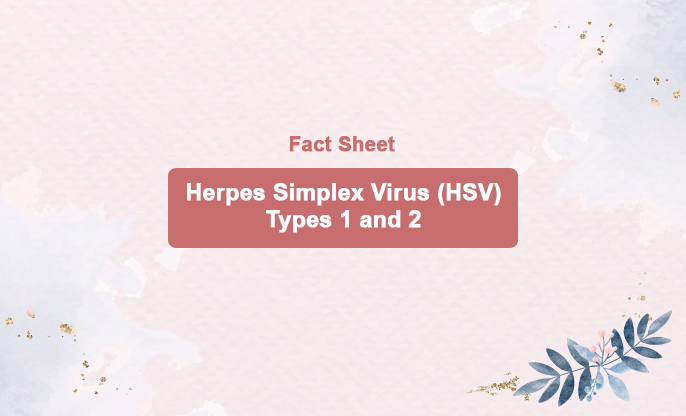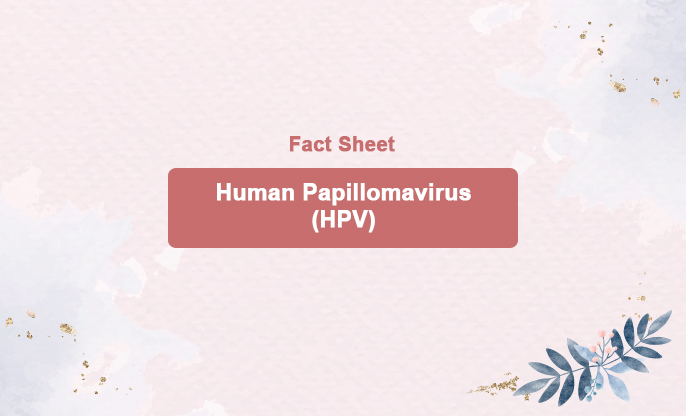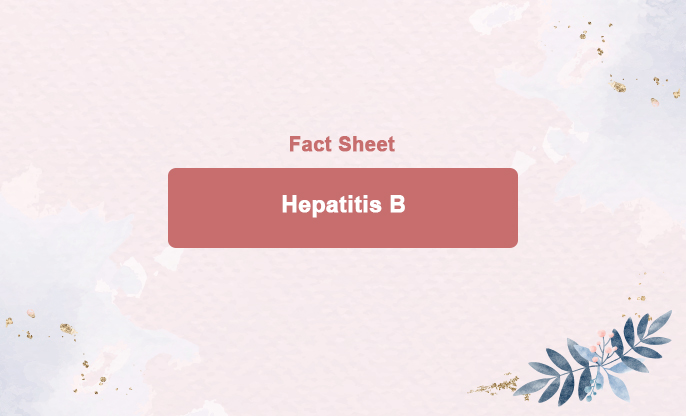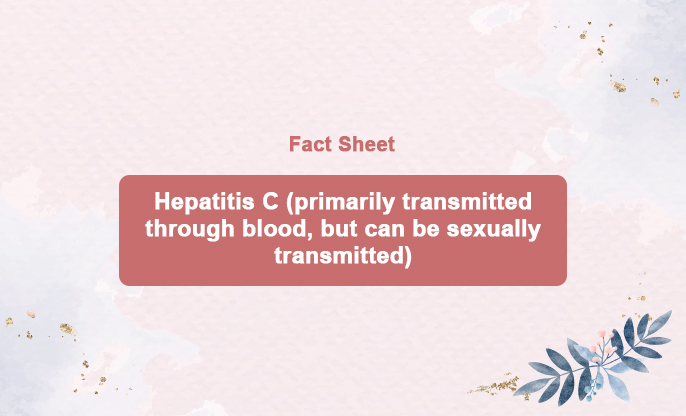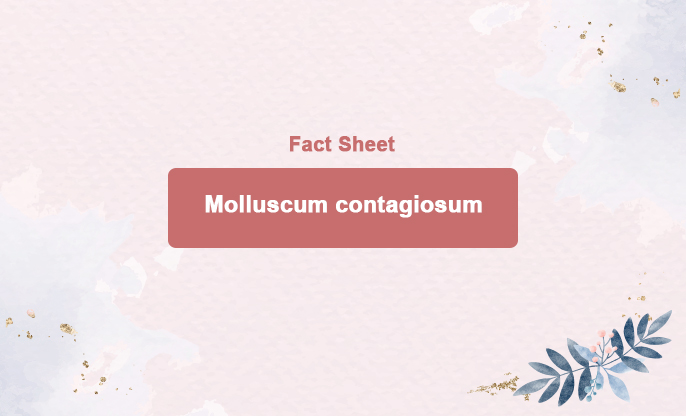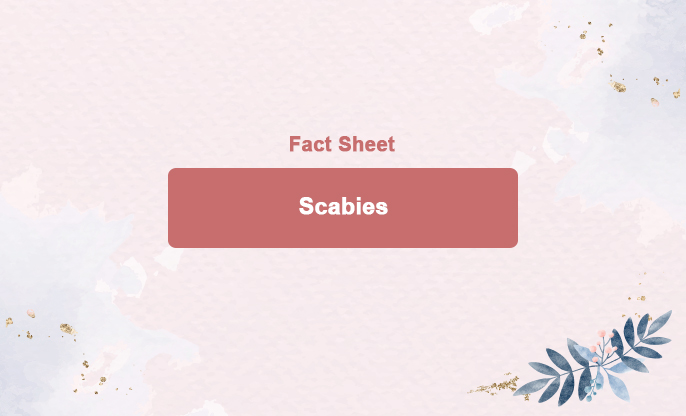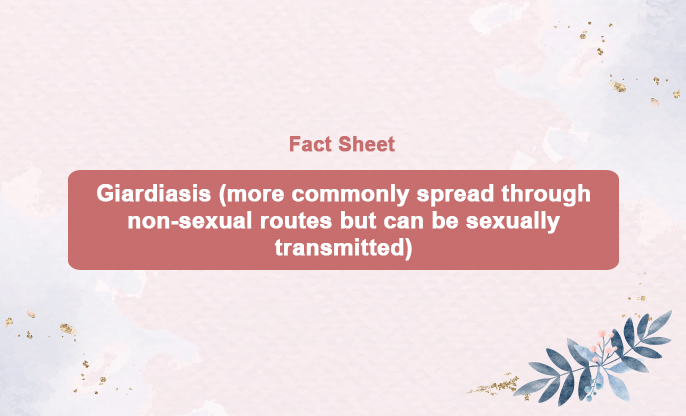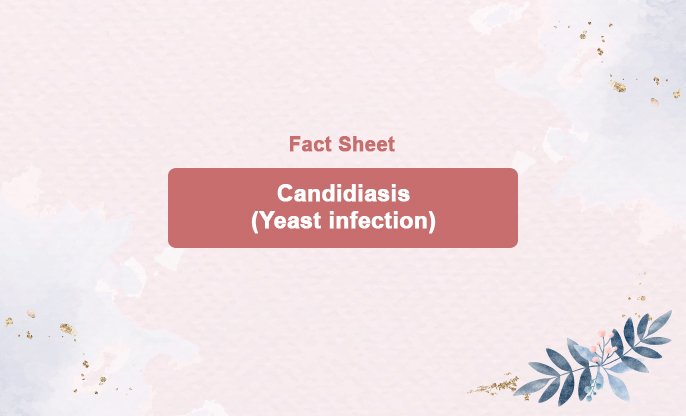
What is this?
Candidiasis is a fungal infection caused by Candida, a type of yeast. Candida naturally exists on the skin and in various parts of the body, such as the mouth, throat, gut, and vagina. It only causes symptoms and infections when it grows excessively.
Vaginal candidiasis, or yeast infections, are among the most prevalent fungal infections. Candida overgrowth can also occur in the mouth or throat, leading to thrush, or in the esophagus, which is the tube connecting the throat to the gut.
Invasive candidiasis occurs in hospitalized patients when Candida infects internal organs like the kidneys or brain, or enters the bloodstream (candidemia). The symptoms and severity of invasive candidiasis differ significantly from the more common forms of candidiasis affecting the vagina, mouth, throat, and esophagus. Generally, healthy individuals are not at risk for invasive candidiasis.
Various species of Candida reside on the skin and within different parts of the body, typically without causing any health issues. The most common species that can overgrow and lead to candidiasis include Candida albicans, Candida glabrata, Candida parapsilosis, Candida tropicalis, and Candida krusei.
Symptoms of candidiasis vary based on the infected body part.
Here are some examples of infection types and their symptoms:
Vaginal candidiasis (yeast infection): vaginal itching, soreness, and discharge.
Candidiasis in the mouth and throat (thrush): white patches, redness, or soreness.
Candidiasis in the esophagus: pain and difficulty swallowing.
Invasive candidiasis: fever and chills are common. Symptoms depend on where the infection spreads, such as to the organs or bloodstream (candidemia).
People who develop invasive candidiasis are typically already ill, making it difficult to identify specific symptoms.
How is it transmitted?
Candidiasis is generally not considered a contagious disease in the traditional sense. However, it can be transmitted under certain conditions:
Sexual Transmission: While not classified as a sexually transmitted infection, Candida can be passed between sexual partners, especially if one partner has an active yeast infection.
Mother to Baby: A mother with a vaginal yeast infection can transmit Candida to her baby during childbirth, leading to oral thrush in the infant.
Direct Contact: In rare cases, Candida can spread through direct contact with infected areas. This is more likely in healthcare settings or among individuals with weakened immune systems.
Contaminated Surfaces: Candida can survive on surfaces and be transmitted via contact, though this is not a common route of transmission.
Self-Inoculation: Individuals can spread Candida from one part of their body to another, such as from the mouth to the genitals, through poor hygiene practices.
Generally, the risk of transmission is low among healthy individuals, and candidiasis usually occurs due to an overgrowth of Candida already present in the body, often triggered by factors like a weakened immune system, antibiotic use, or hormonal changes.
Standard treatment protocol and time:
The standard treatment protocol and duration for candidiasis depend on the type and severity of the infection:
Vaginal Candidiasis (Yeast Infection)
Topical Antifungal Creams or Suppositories:
Medications: Clotrimazole, Miconazole, Terconazole
Duration: 3 to 7 days
Oral Antifungal Medication:
Medication: Fluconazole (single dose)
Duration: Usually a single oral dose; sometimes a second dose is needed after 72 hours for severe cases.
Oral Candidiasis (Thrush)
Topical Antifungal Treatments:
Medications: Nystatin suspension, Clotrimazole lozenges
Duration: 7 to 14 days
Oral Antifungal Medication:
Medication: Fluconazole or Itraconazole
Duration: 7 to 14 days
Esophageal Candidiasis
Oral or Intravenous Antifungal Medications:
Medications: Fluconazole, Itraconazole, or Amphotericin B
Duration: 14 to 21 days
Invasive Candidiasis
Intravenous Antifungal Medications:
Medications: Echinocandins (Caspofungin, Micafungin, Anidulafungin), Fluconazole, or Amphotericin B
Duration: 2 weeks after the last positive blood culture and resolution of symptoms.
General Notes:
Follow-Up: It's important for patients to complete the full course of treatment even if symptoms improve before the medication is finished.
Prevention: Maintaining good hygiene, managing underlying conditions, and avoiding unnecessary antibiotic use can help prevent candidiasis.
Medical Consultation: Always consult a healthcare provider for proper diagnosis and tailored treatment, especially for recurrent or severe cases.
How to avoid it?
Many women will experience vaginal candidiasis (yeast infections) at some point in their lives. To reduce the risk, consider the following measures:
Wear cotton underwear.
Choose breathable clothing that is not too tight.
Keep the area clean and dry.
Candidiasis of the mouth or throat (thrush) To help prevent candidiasis in the mouth and throat, consider the following measures:
Maintain good oral hygiene.
Rinse your mouth or brush your teeth after using inhaled corticosteroids.

